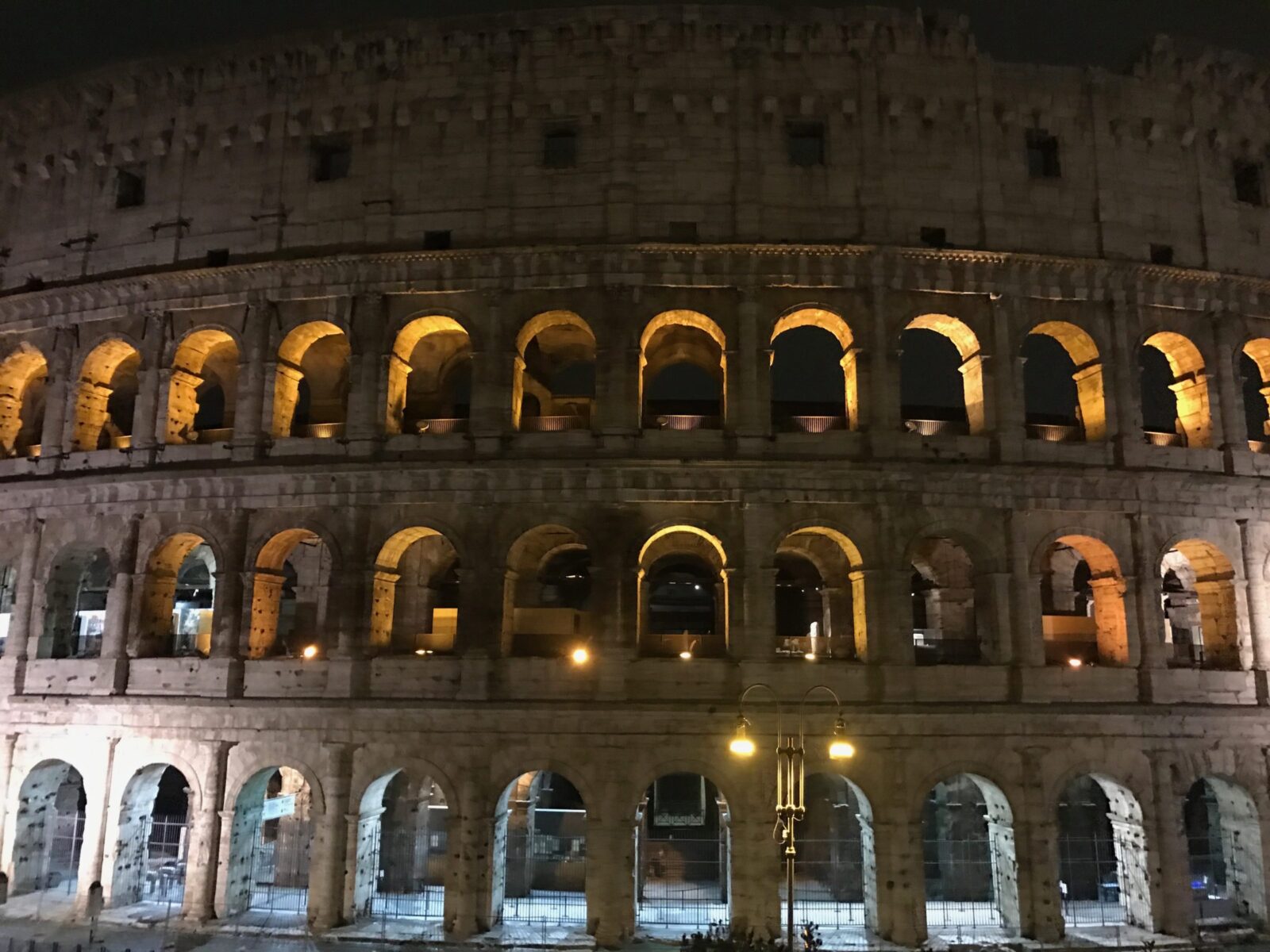Itâs been two months since Charlotte Manning and I traveled with 42 others on the University Ministries-led âSankofaâ trip. The bus ride from Chicago, Illinois to Montgomery, Alabama alone took 12 hours. Why were we subjecting ourselves to this? We can talk about the bathroom situation later, but suffice it to say, the men didnât smell anything for days after the trip. Here, Charlotte and I share our thoughts about the experience.
Charlotte
The trip is designed with such intention. We were assigned with partners of different races and ages, so experiences were quite naturally formed. It is so much more than an educational field trip or a simple act of social justice; rather, the experience and purpose of Sankofa is about as complex as the word ârace.â No matter how uncomfortable we may have felt amongst our peers, we could not escape the conversation of race. And trust me, I know that the mere thought of that makes people want to run for the nearest hills, and although that fearful feeling is valid, discomfort is the whole point.
I am a half-black, half-white, Swedish-American, and even I cringed at the thought of mourning my own history and race. My whole life I preferred to disconnect the past from my own personal experience as a middle-class, privileged, millennial woman of color, but Sankofa changed that. We all felt the heavy burden of ignorance in some way in those three days, but the beauty of our groupâs dialogue came from those realizations.
The ability to choose to stay out of the race conversation is ignorance in its most murderous form.
As badly as we all wanted to get off that bus and vow to forever say that âwe donât see color,â because it would have been easier that way, we quickly learned that the ignorance we had always heard of and shrugged our shoulders to was in us. The way we all had chosen to ignore the painful part of the conversation, those times we did not speak up when we should have, the times we denied our privilege, and the times we swore we had a black friend who swore we werenât racist. Weâve heard it all, weâve done it all and yet, our lack of presence in the conversation has only been the water to the roots that have perpetuated racism and furthered the evolution of slavery and oppression, unending.
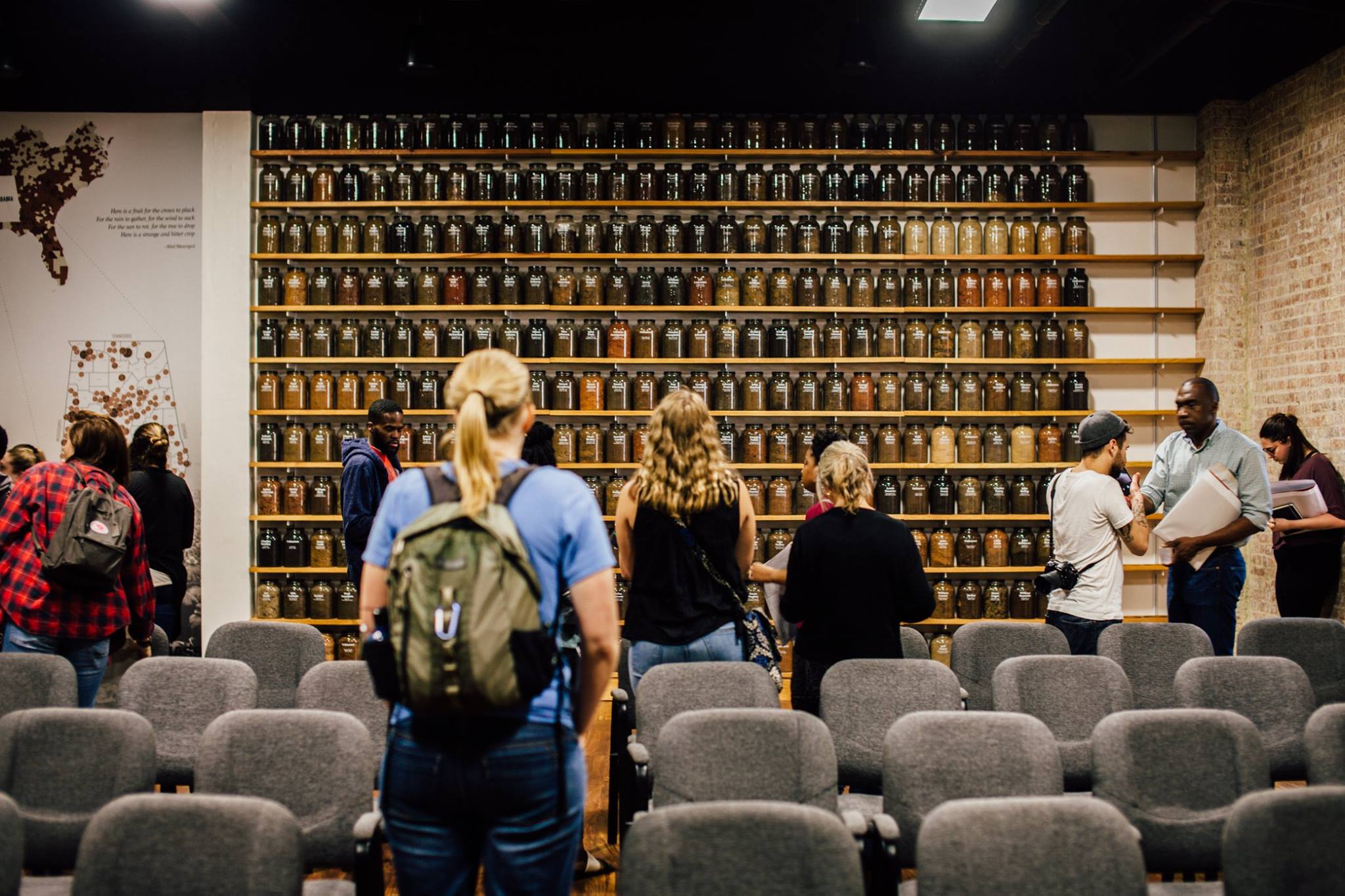 Stephen
Stephen
We were unprepared. I was unprepared. I saw things I didnât want to see; things I needed to see, and was treated in ways Iâll never be treated, but other humans have had to endure, and much worse. Itâs been two months; why did it take so long to get this piece written? It wasnât because other deadlines were pushed up, it was because we werenât taught how to process everything. The number of conversations Iâve had about race have surged. I had nothing to say before, now I thought I had everything to say after this trip. I still have a lot to say, but there is so much I still donât know. We were taught of systematized racism. âBut systematized racism is illegal, why would it happen?â some have asked.
1 in 17 Whites in America will go to jail, while 1 in 3 Blacks in America will go to jail. Is this an example? âNo, thatâs just black culture,â some have said. âIf you look at them, theyâre fatherless, men get women pregnant and then leave them. Itâs black culture, itâs not racism.â So, does this then still have to do with privilege? These numbers still donât accurately represent the American population. There is something wrong, but is it in the Black or White community? Is it a result of oppression, or irresponsibility? But then isnât that incorrectly stereotyping, to say that Black people arenât responsible? We know thatâs not true. If racism is only on the individual level, then thatâs where we must tackle it. But itâs not, is it? Biased medias donât portray lives correctly; they produce a fear of color.
The trip left me with more questions than answers. It opened my mind to massive amounts of information and ideas that have never occurred to me, being in America. I have noticed if, how, or where race has been playing a role in our country, and what roles race is playing. I was downtown the other day, and walked into four different clothing and accessory stores. Only one of those had about an equally mixed race staff during the two-hour time span I was there. The rest of the stores had primarily or only Black staff members. What does this mean?
Charlotte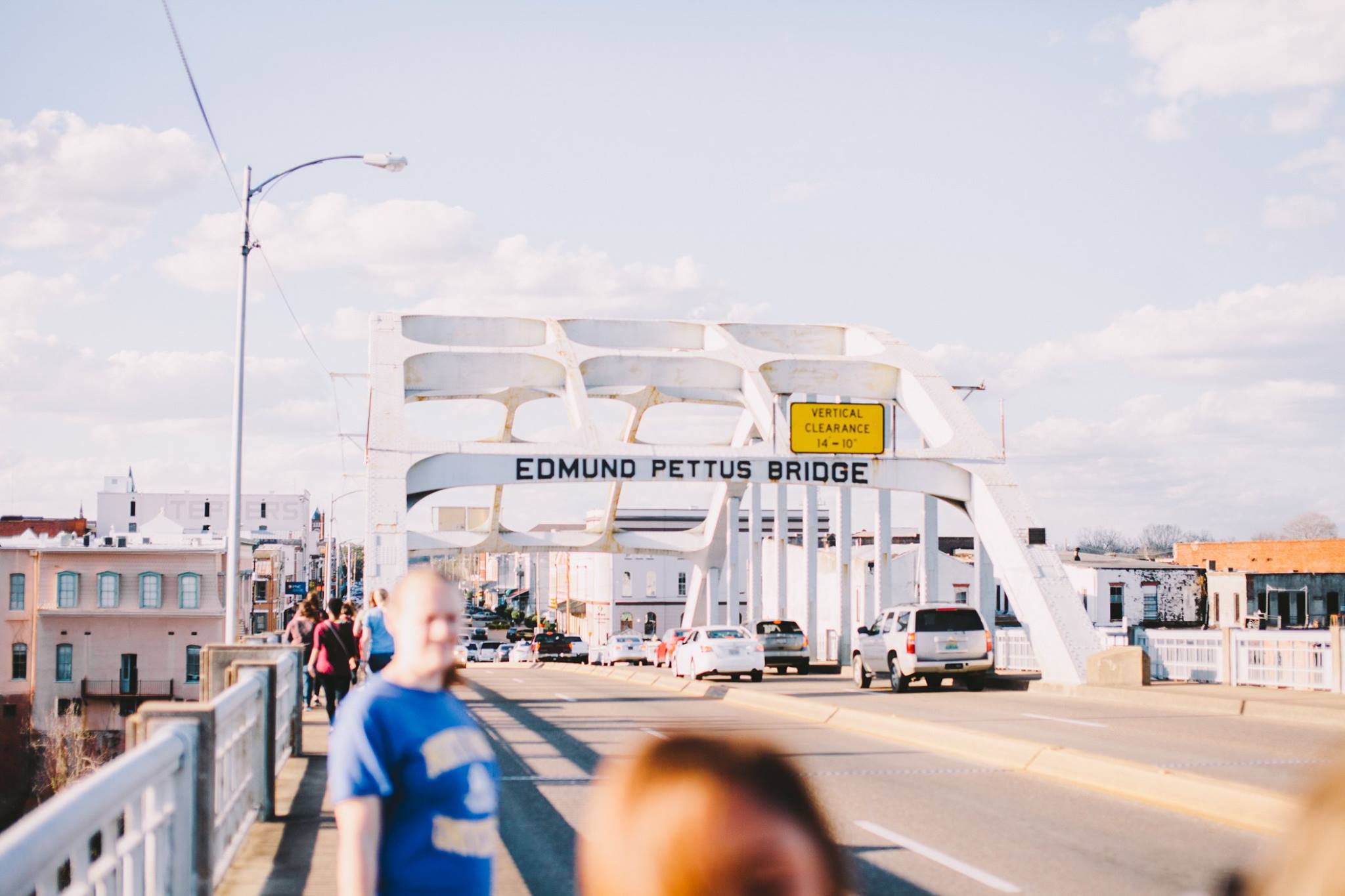
We learned that privilege is being white. We learned that slavery hasnât ended; rather it has evolved into what we now know as the criminal justice system. We learned that socioeconomic discrepancies are the way they are because of the blueprint that our forefathers used to build our citiesâwith intention to divide and segregate. We learned that tolerance is not the same thing as love and acceptance. We learned that even once we recognize the ignorance, the privilege, and our individual role in being an advocate for people of color, the conversation of race is never easy, and never gets easier. But that does not mean it has to be a conversation of hopelessness. Racism is not dead. We witnessed it in Selma, Alabama where the streets were once covered with Civil Rights protestors, we heard it in the preserved voices of Martin Luther King and Angela Davis who refused to be quiet, we felt it with the old slave shackles we wrapped around our ankles, and we felt it in the conviction and sympathy of Godâs words, over ours, every time.
Stephen
âHow was Sankofa?â I was asked just about a gazillion times after I got back. There were no words to describe my feelings; the hurt we all experienced, the sadness and empathy we all felt sitting in the Equal Justice Initiative, the laughs we shared on the bus or over a meal, and the silence after watching the documentary â13thâ. I have only been able to talk about my experiences with those who were on the trip. Two months later, I still havenât told my family everything about the trip, I donât know how.
What can be done? We all know that going up to an intentionally racist person and telling them off probably wonât change their worldview or actions. Something you can do? Be aware of the types of people you surround yourself with. What are their backgrounds? In your workplace, who are the people who are or arenât speaking up? Why? Who is over or underrepresented? Why? Can something be done? If you have the power to direct the conversation, or know you wonât be shot down for speaking up, use that to get the underrepresented voice out there.
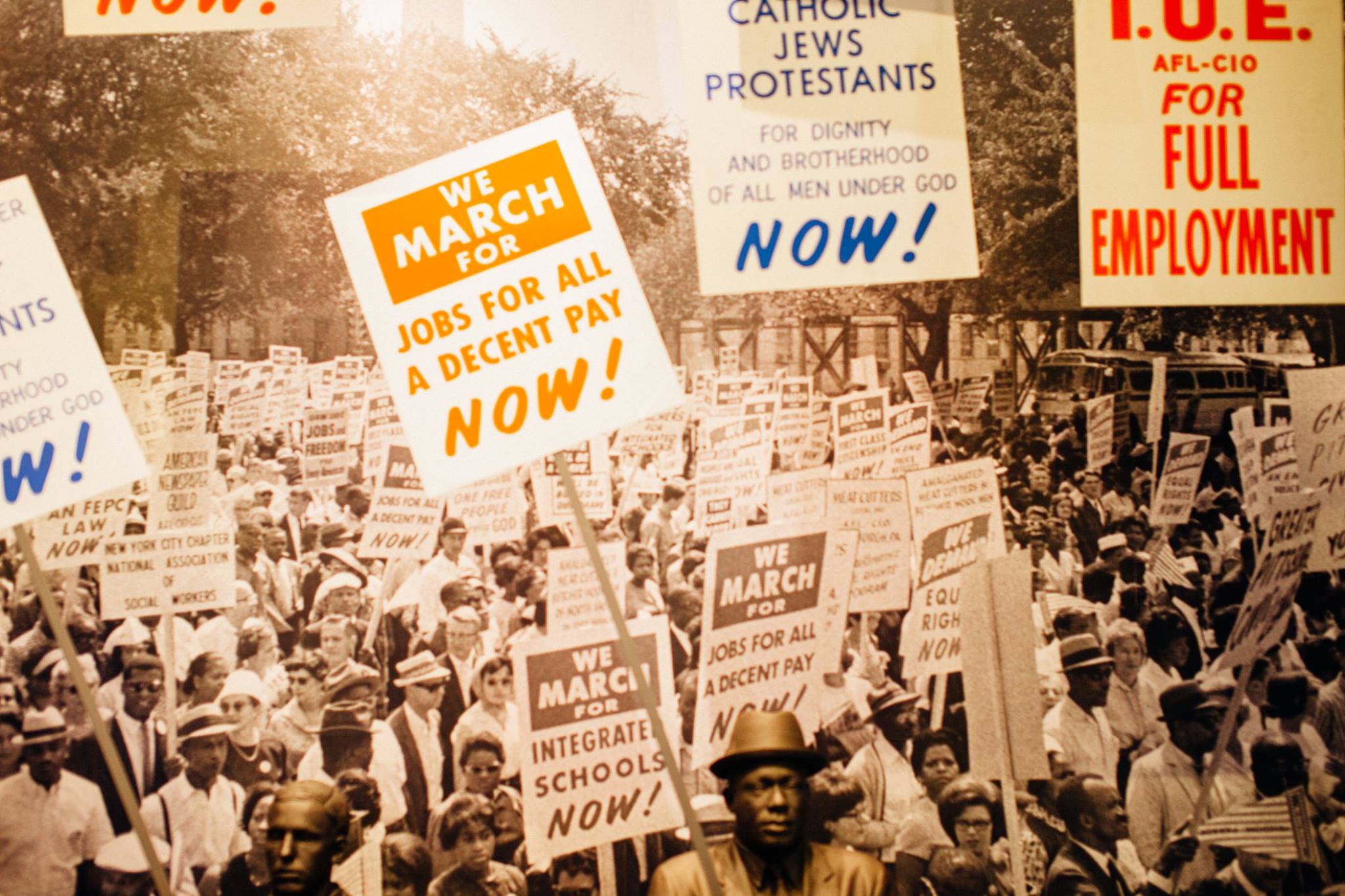 Charlotte
Charlotte
The ability to choose to stay out of the race conversation is ignorance in its most murderous form. And I encourage everyone with a beating heart, especially those with ivory skin, to try and do the same thing in the conversation of race. Whether or not you believe in the kingdom of God, compassion is a universal notion, one we all hope to receive at one point or another, but I believe that true compassion is a selfless act and an effective weapon against injustice.
Stephen
Regardless of your stance on racism, especially in America, we want to challenge you to listen to someone who isnât like you, who doesnât look like you, or come from a similar background as you. Go somewhere you wouldnât normally go, hang out with someone you wouldnât normally hang out with because of a preconception you might have of the place or them. It canât hurt to hear another side. And find out the why in history. Ask: âWhy. . . ? â
Charlotte
Enter into it, feel the discomfort in othersâ experiences, and open up your eyes to the possibility that human suffering does not have to directly affect you to move you.



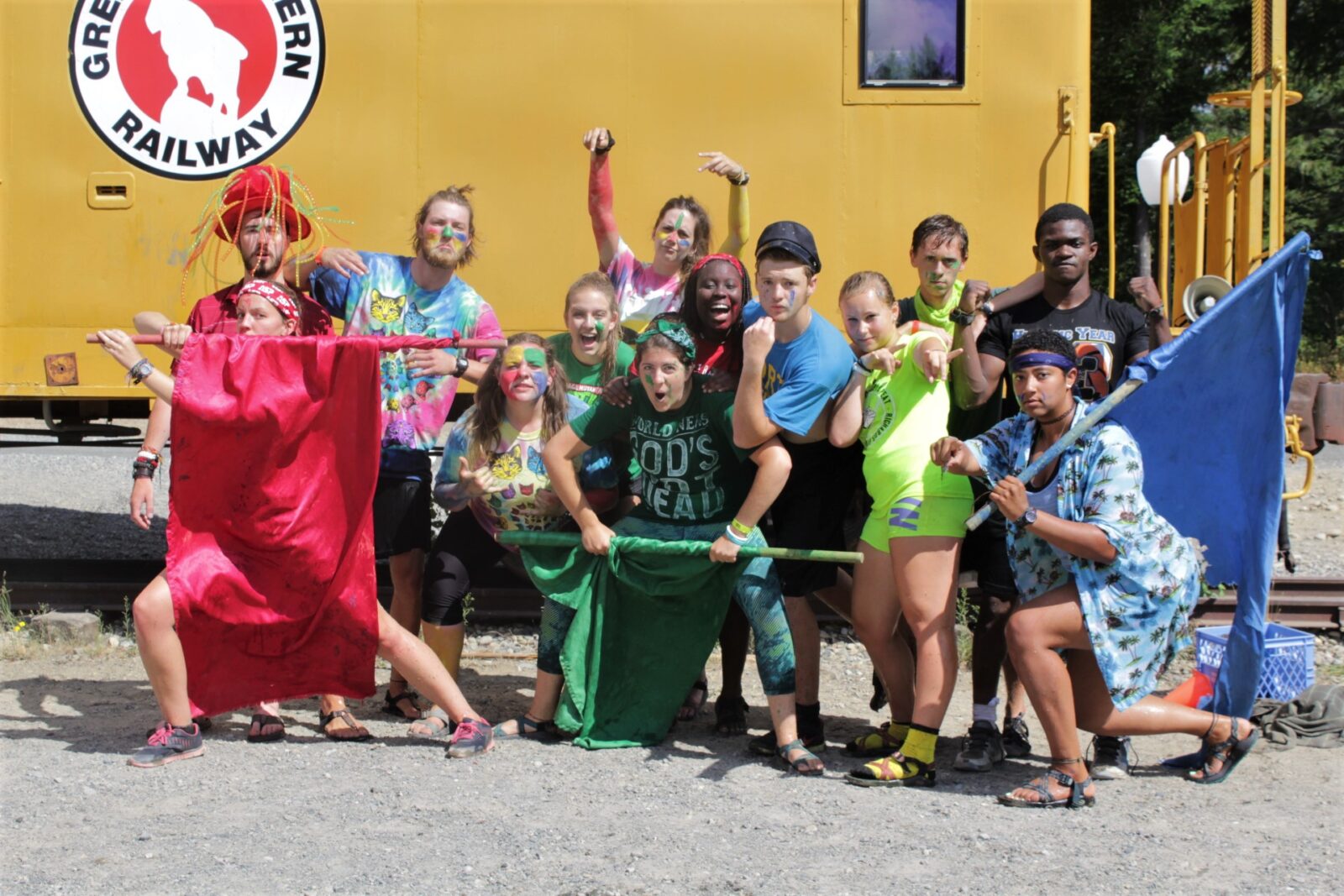
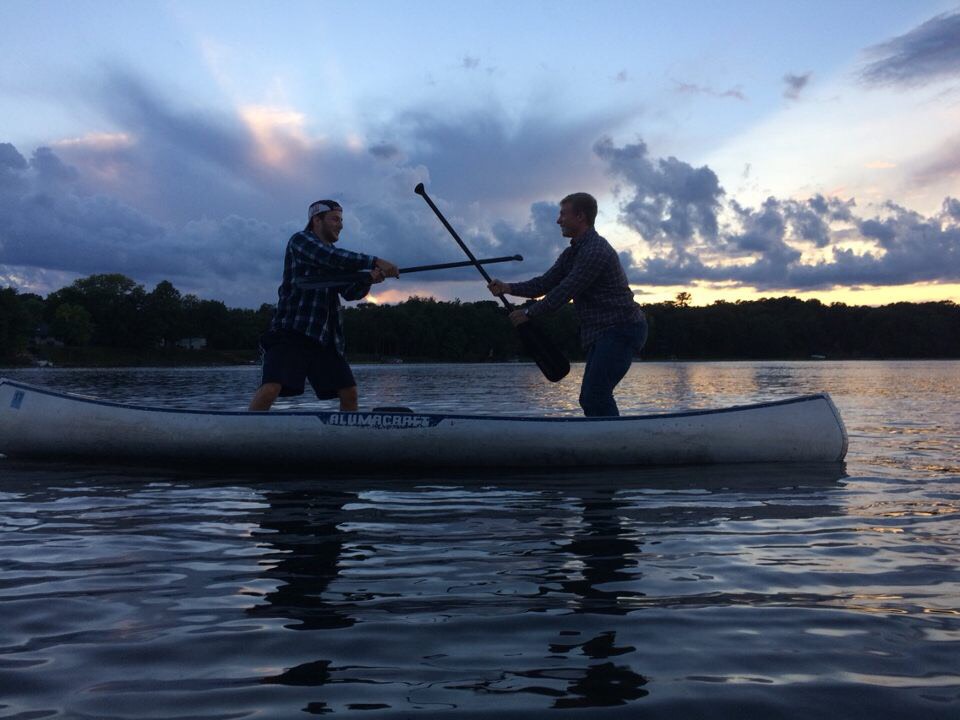
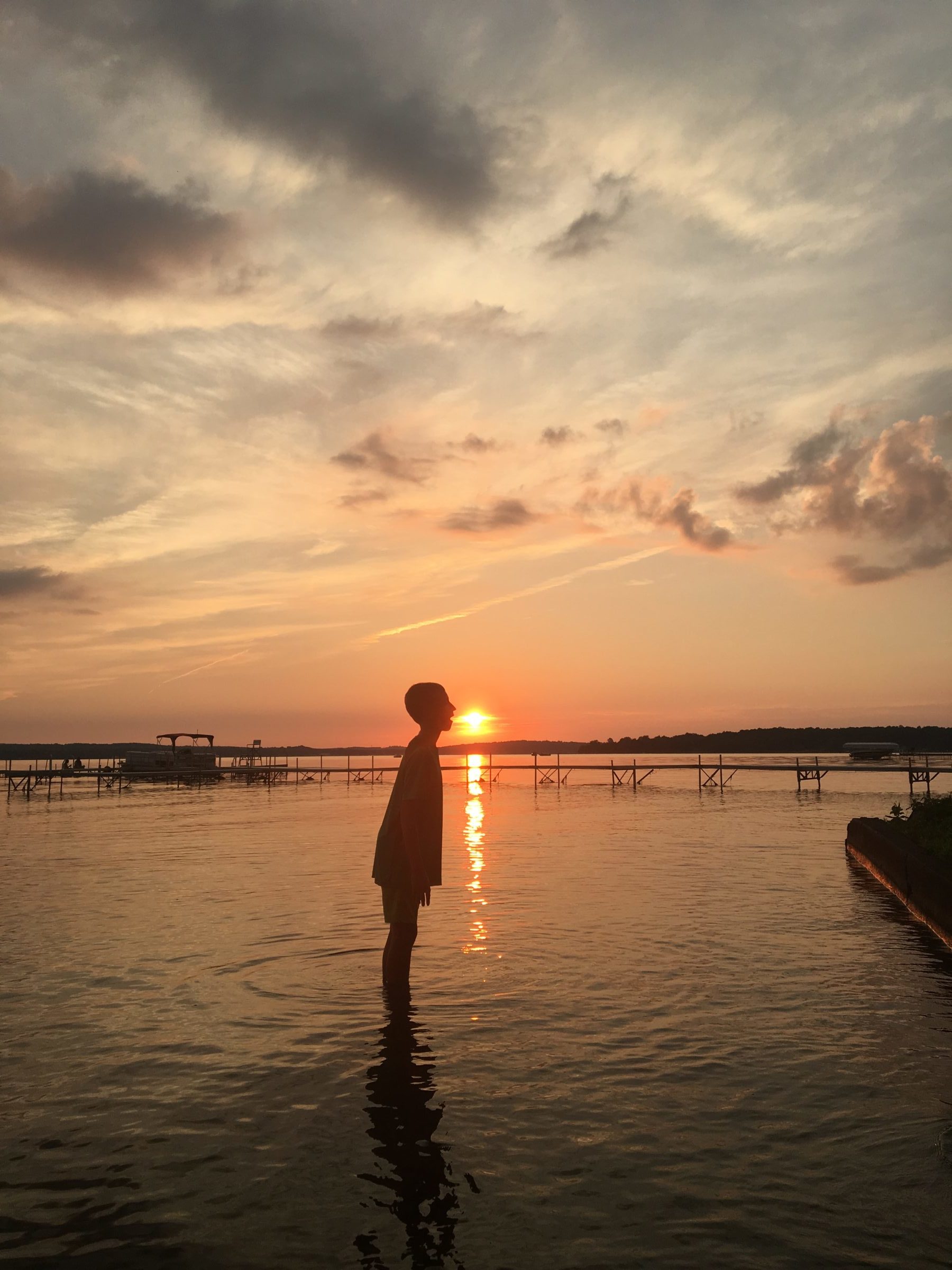
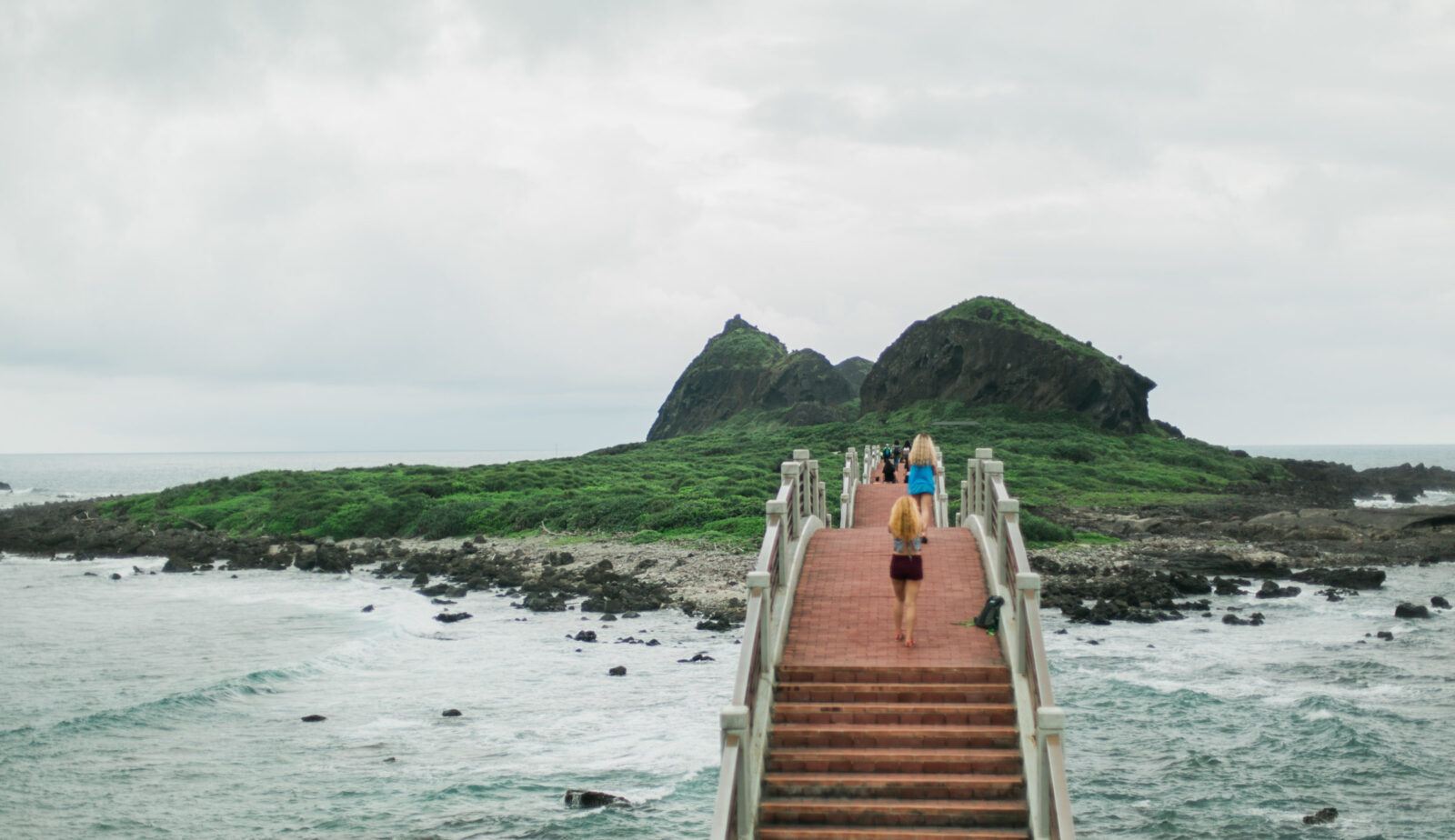
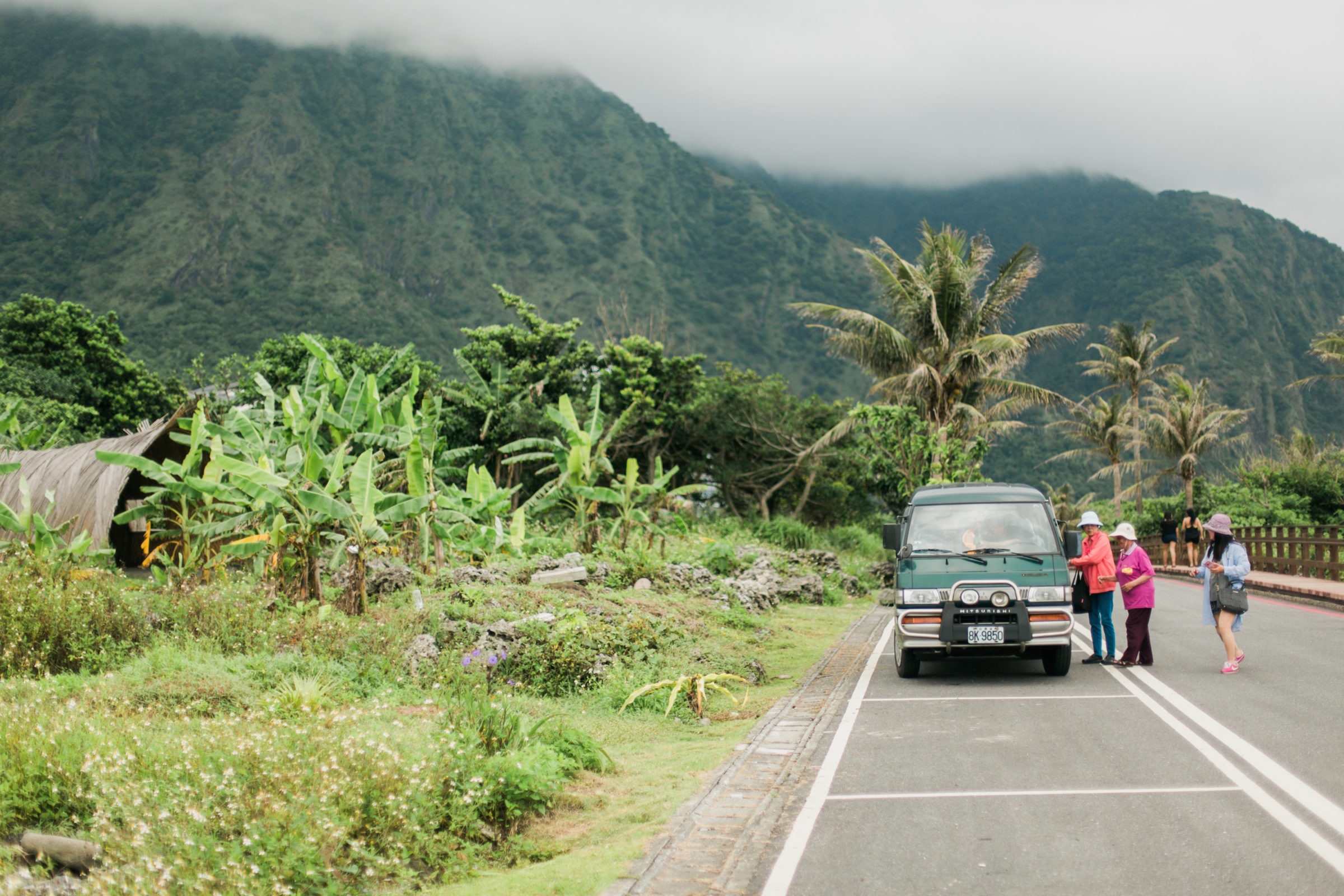
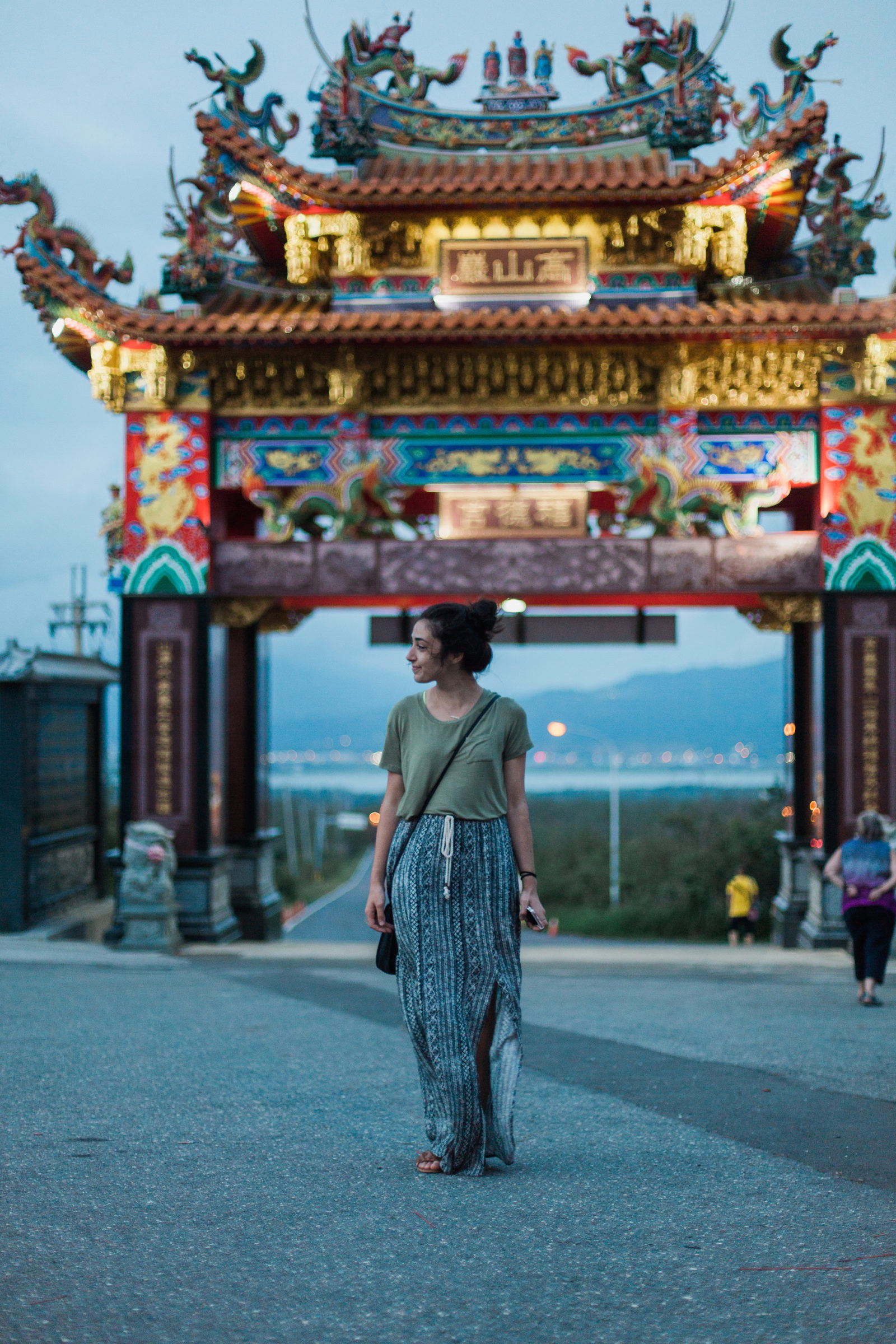
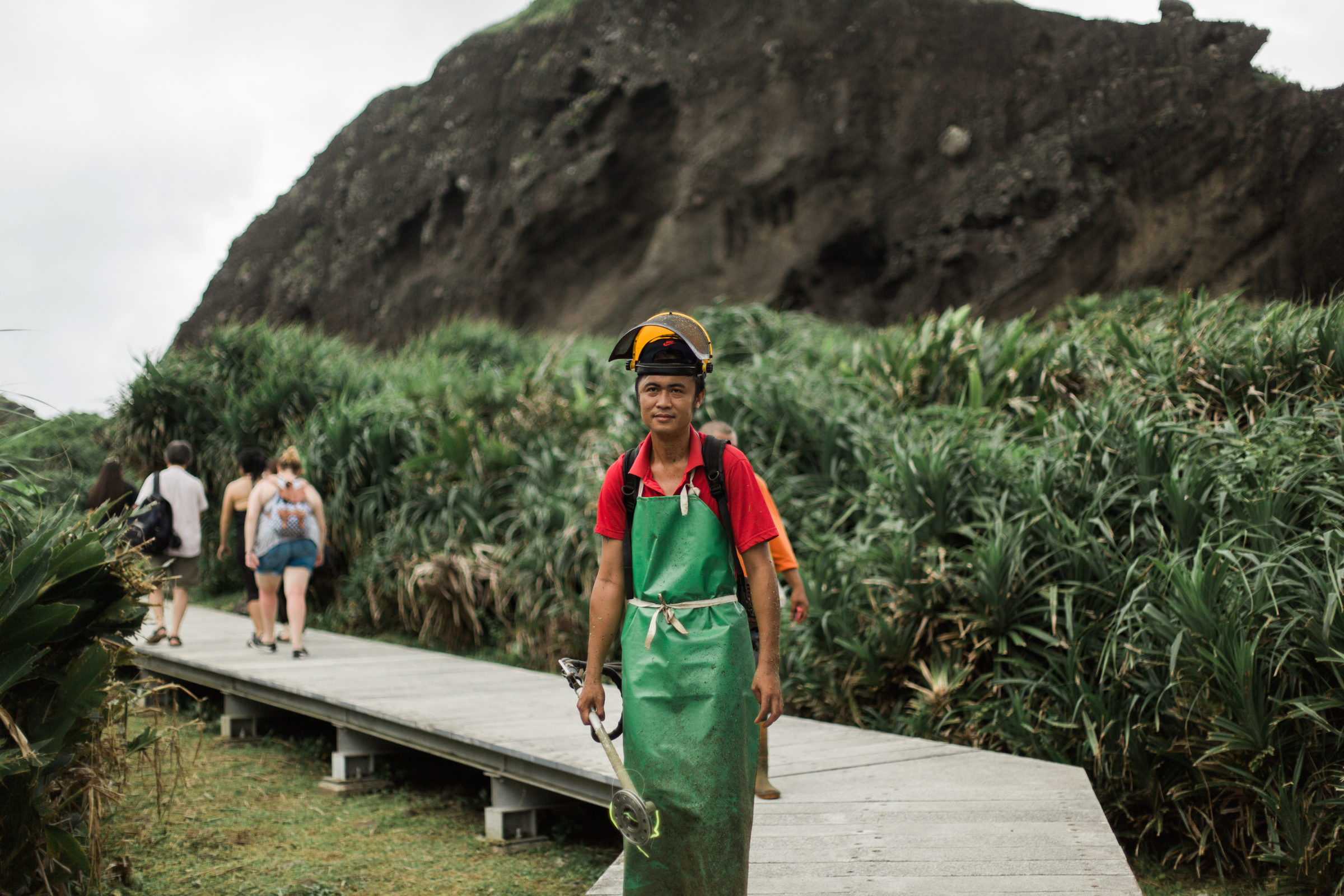


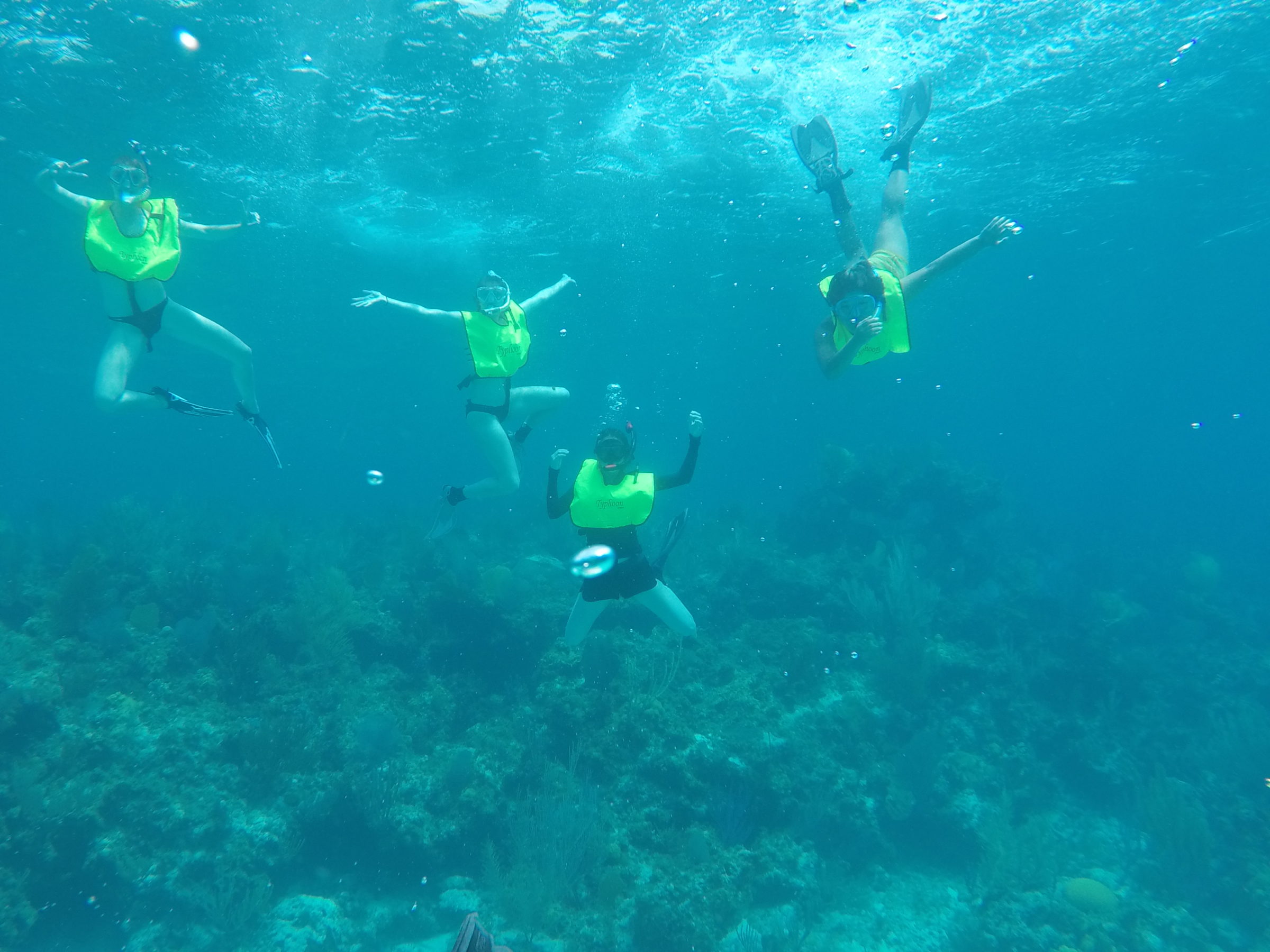
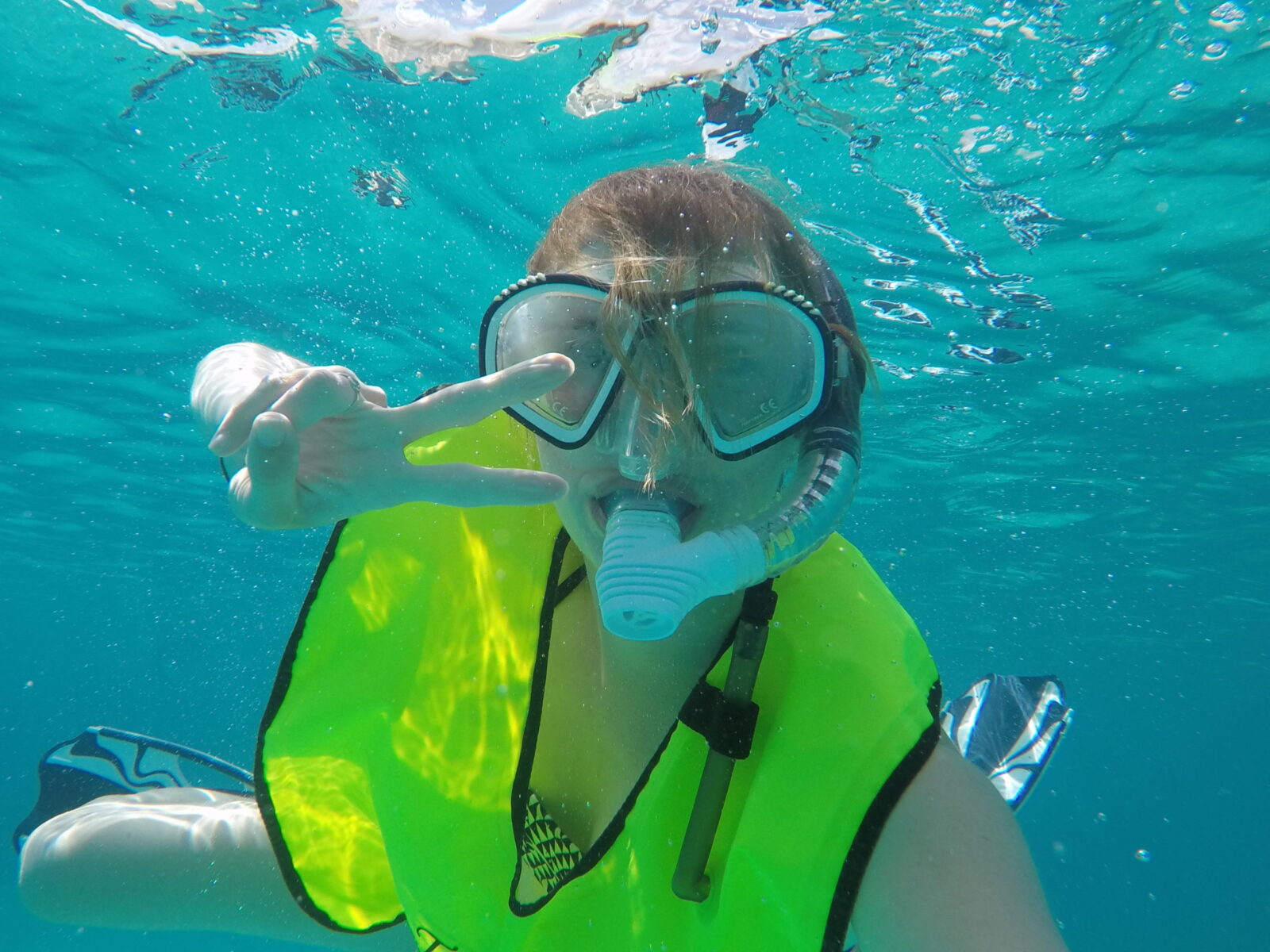

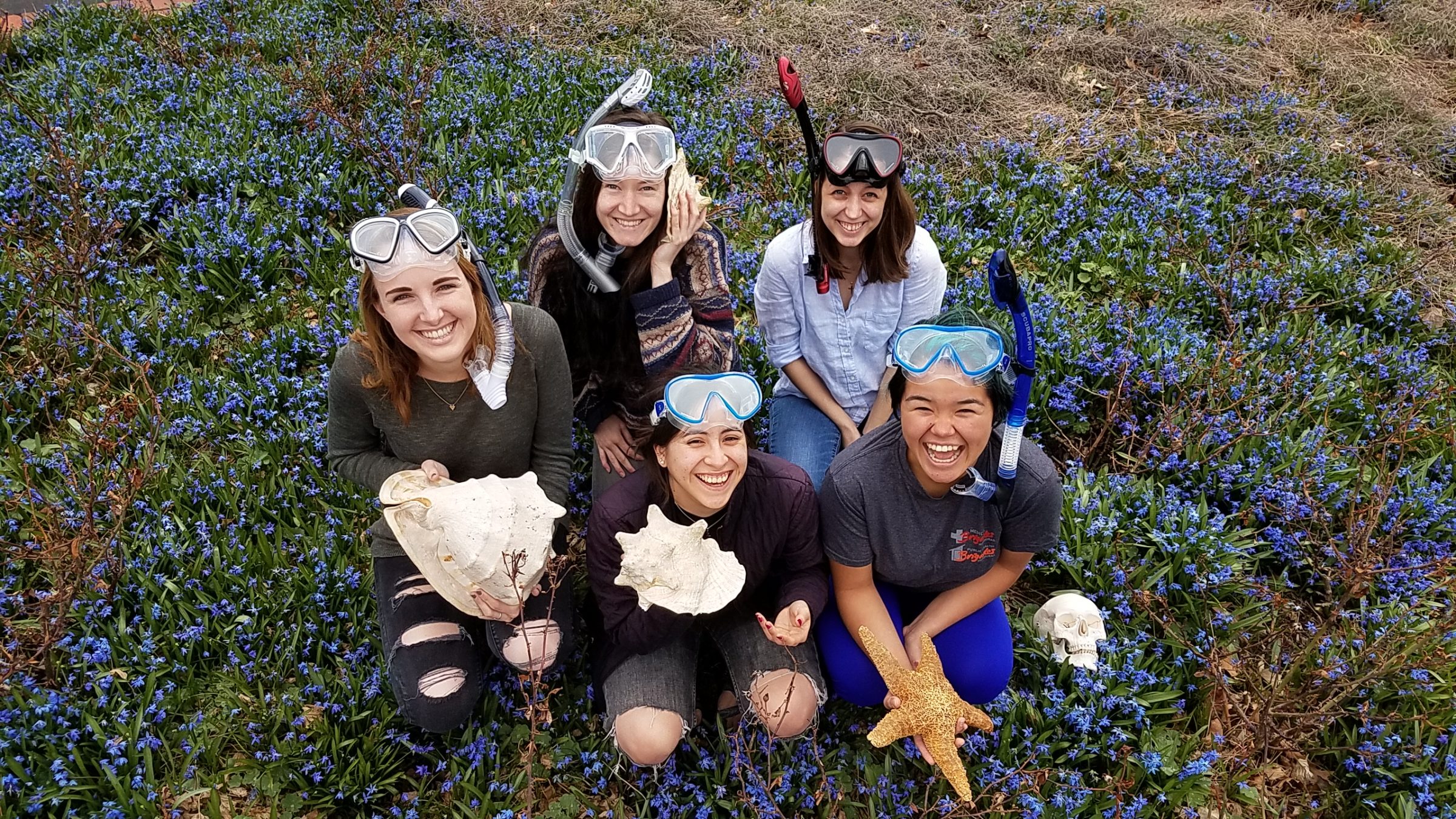
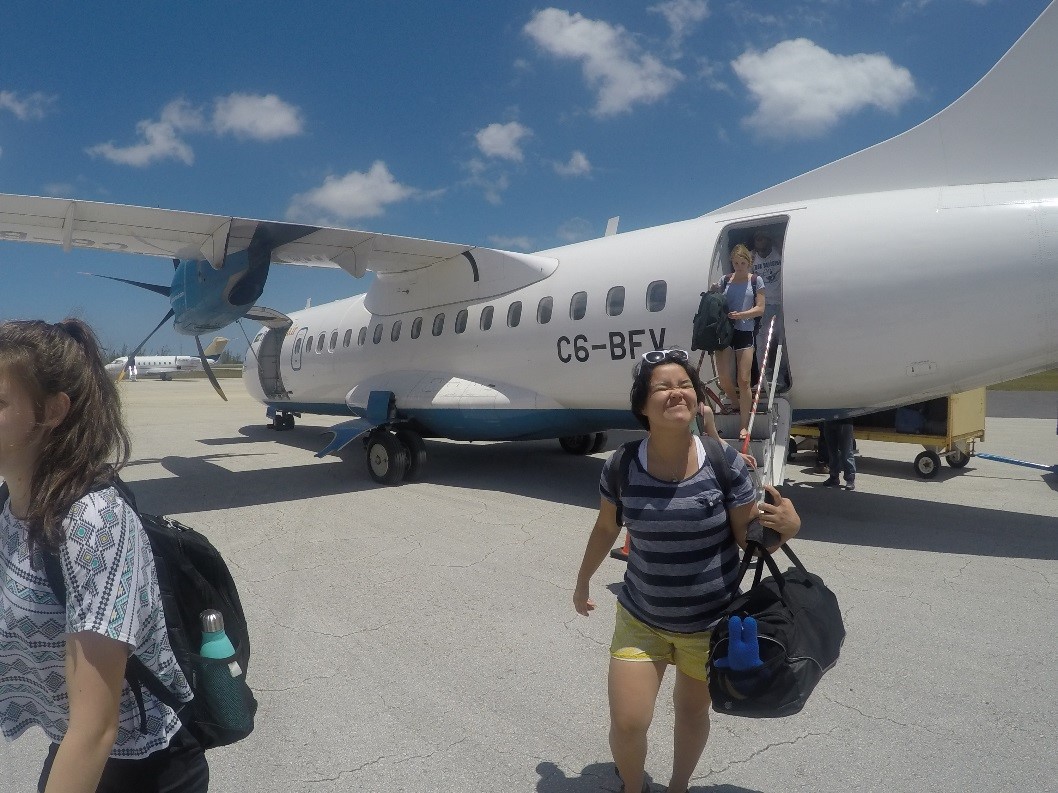
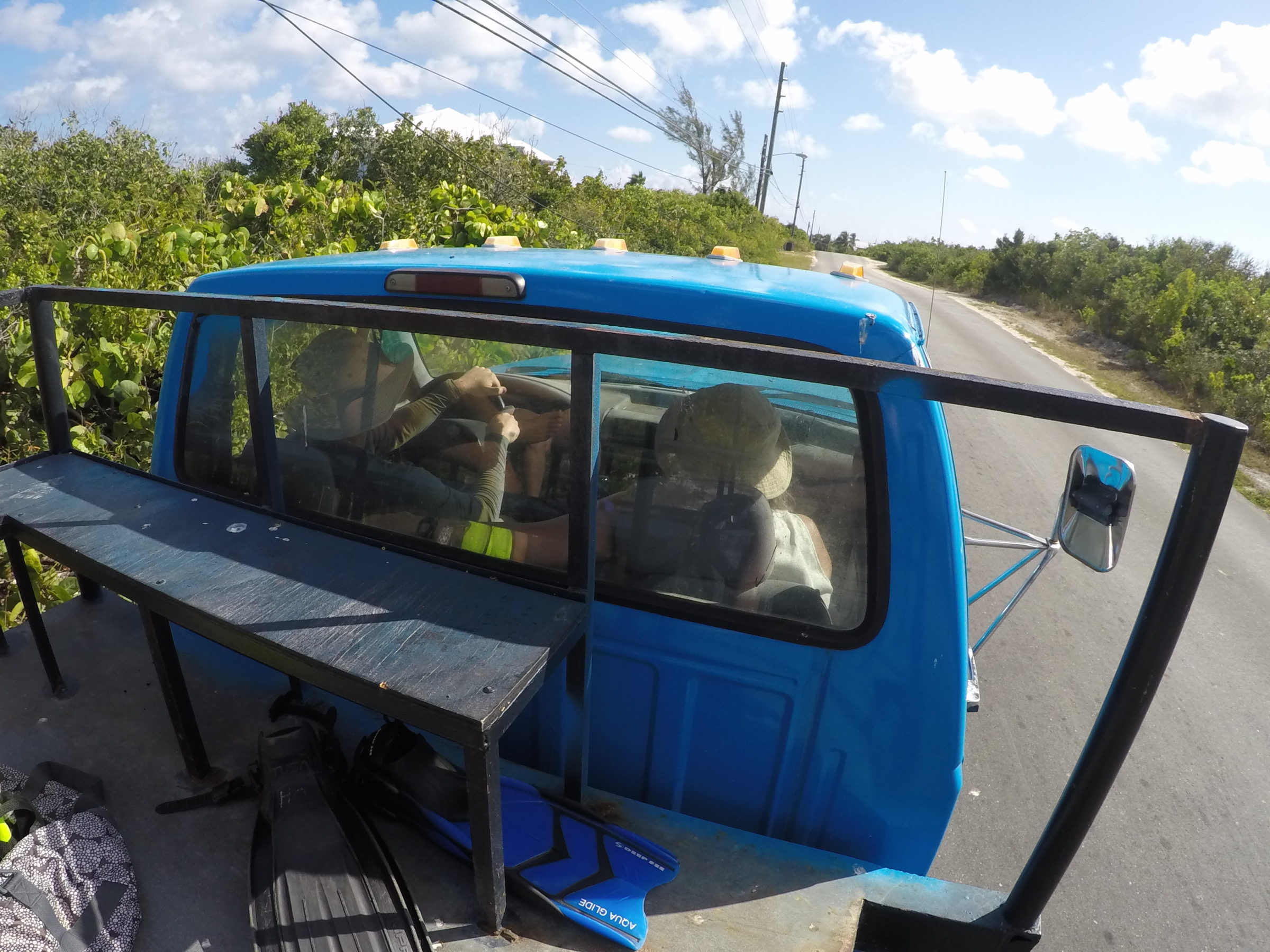

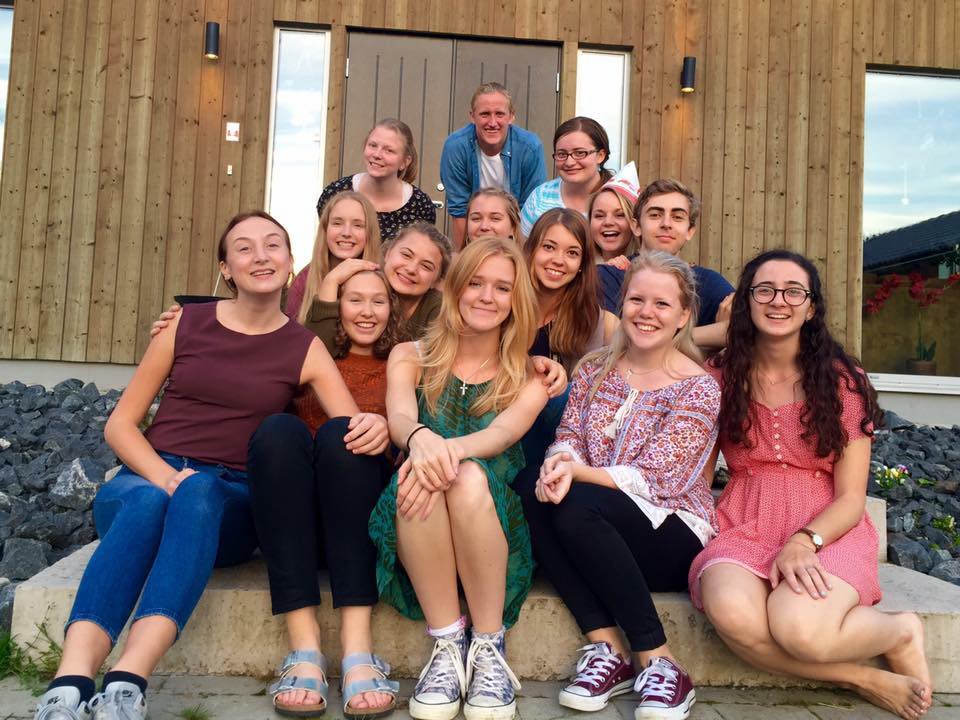
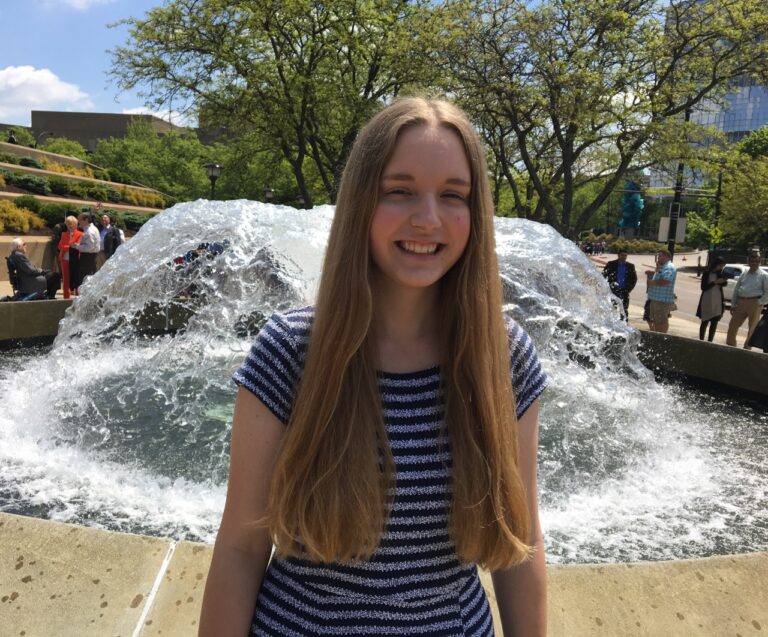
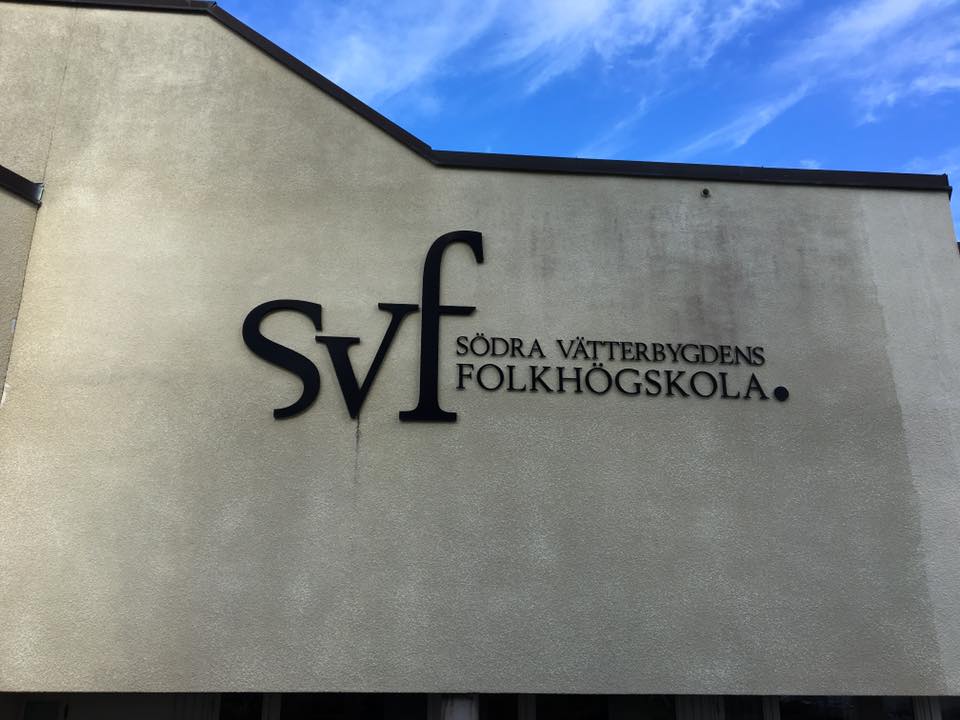 Upon my return from studying at SVF in Sweden, I was frequently asked the convenient conversation starter, âHow was Sweden?â To which I found myself providing a variety of answers. I openly shared personal details and anecdotes with some people, while shielding aspects of my experience with others. No one knows the true story of my time in Swedenânot even me. It already feels like a distant memory. I look at the photos see the familiar faces of the friends I spent both the most rewarding and challenging four months of my lifeâand it just doesnât feel real. I have pictures of me standing in front of the Eiffel Tower, the Roman Colosseum, and Big Ben, but I am still struggling to process the fact that I was there just a few months ago. I spent a semester on another continent, in a different country, learning an unfamiliar language, and eating cultural food; however, since Iâve been back at șÚÁÏłÔčÏ, that experience has felt like more of a fantastical adventure. And in a way, it was. I was living in a dreamâmy childhood dream of traveling Europe. It was euphoric, incredibly brilliant, simply life-changing. But it was also taxing, strenuous, and exhausting.
Upon my return from studying at SVF in Sweden, I was frequently asked the convenient conversation starter, âHow was Sweden?â To which I found myself providing a variety of answers. I openly shared personal details and anecdotes with some people, while shielding aspects of my experience with others. No one knows the true story of my time in Swedenânot even me. It already feels like a distant memory. I look at the photos see the familiar faces of the friends I spent both the most rewarding and challenging four months of my lifeâand it just doesnât feel real. I have pictures of me standing in front of the Eiffel Tower, the Roman Colosseum, and Big Ben, but I am still struggling to process the fact that I was there just a few months ago. I spent a semester on another continent, in a different country, learning an unfamiliar language, and eating cultural food; however, since Iâve been back at șÚÁÏłÔčÏ, that experience has felt like more of a fantastical adventure. And in a way, it was. I was living in a dreamâmy childhood dream of traveling Europe. It was euphoric, incredibly brilliant, simply life-changing. But it was also taxing, strenuous, and exhausting.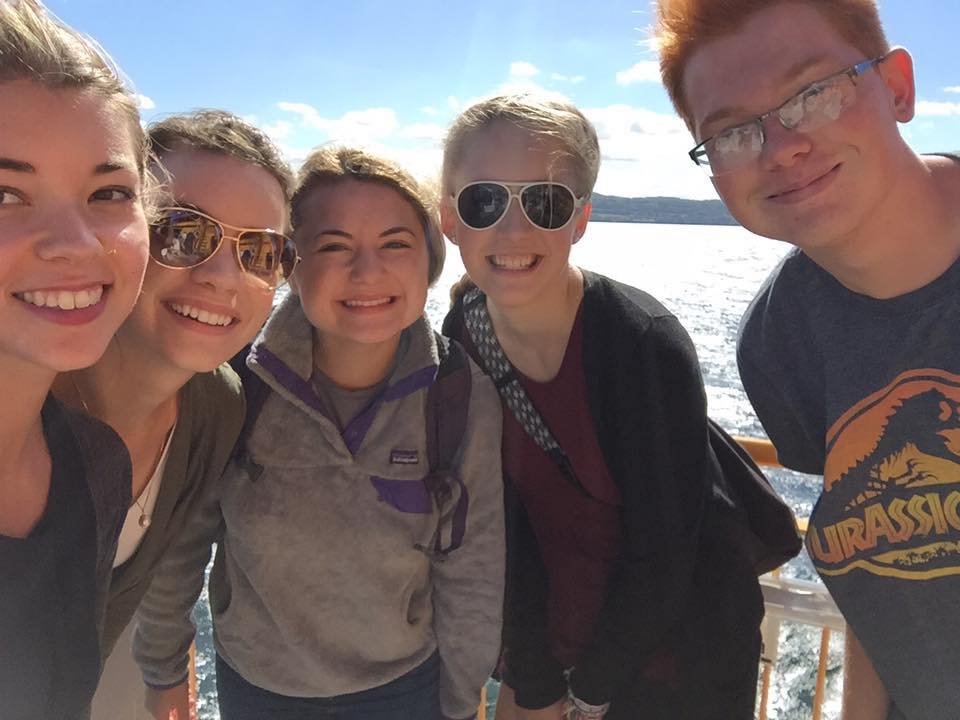 With each passing day, I appreciated the country and culture of Sweden, along with my overall experience, more and more. I appreciated walking out of my dorm every morning to see the sun rising over the city of Jönköping and Lake VĂ€ttern, Friday fika and Ica runs, the peace and quiet of SVF, having late night talks with my roommate, FaceTiming my family from the basement of my dorm at midnight, Pepparkakor and glögg, having to use a converter whenever I needed to charge my phone, daily morning fika, and having to wear reflective bracelets to avoid being hit by cars since it would get dark by 3:00. It wouldâve been so easy to take the little things for granted, but the little things are what made the opportunity so special.
With each passing day, I appreciated the country and culture of Sweden, along with my overall experience, more and more. I appreciated walking out of my dorm every morning to see the sun rising over the city of Jönköping and Lake VĂ€ttern, Friday fika and Ica runs, the peace and quiet of SVF, having late night talks with my roommate, FaceTiming my family from the basement of my dorm at midnight, Pepparkakor and glögg, having to use a converter whenever I needed to charge my phone, daily morning fika, and having to wear reflective bracelets to avoid being hit by cars since it would get dark by 3:00. It wouldâve been so easy to take the little things for granted, but the little things are what made the opportunity so special.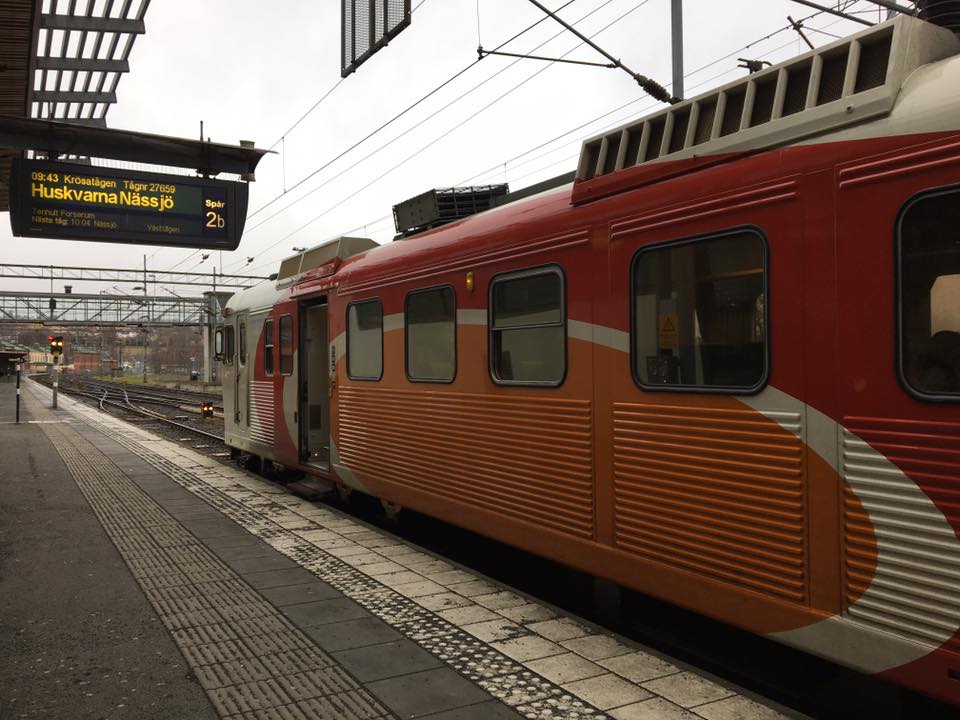 Studying abroad pushed me to grow in ways I hadnât anticipated beforehand. I grew in my confidence and independence, and I learned to rely on myself in a whole new way. It was the longest I have ever been away from my family, meaning that I had to accept the fact that I couldnât always rely on them to hold my hand. Apart from relying on myself, I also had to rely more heavily on those around me. I had to accept the fact that I needed to place my trust in my peers and to accept the idea of vulnerability. Sweden did leave me vulnerableâvulnerable and raw, my protective walls peeled away. Shedding these skins hurt, but it allowed new ones to replace the old, and these new skins have made me stronger and more resilient than ever before. And I owe all of this change to my decision to leave my comfort zone and take on an adventure of a lifetime, my adventure in Sverige.
Studying abroad pushed me to grow in ways I hadnât anticipated beforehand. I grew in my confidence and independence, and I learned to rely on myself in a whole new way. It was the longest I have ever been away from my family, meaning that I had to accept the fact that I couldnât always rely on them to hold my hand. Apart from relying on myself, I also had to rely more heavily on those around me. I had to accept the fact that I needed to place my trust in my peers and to accept the idea of vulnerability. Sweden did leave me vulnerableâvulnerable and raw, my protective walls peeled away. Shedding these skins hurt, but it allowed new ones to replace the old, and these new skins have made me stronger and more resilient than ever before. And I owe all of this change to my decision to leave my comfort zone and take on an adventure of a lifetime, my adventure in Sverige.

 Stephen
Stephen
 Charlotte
Charlotte
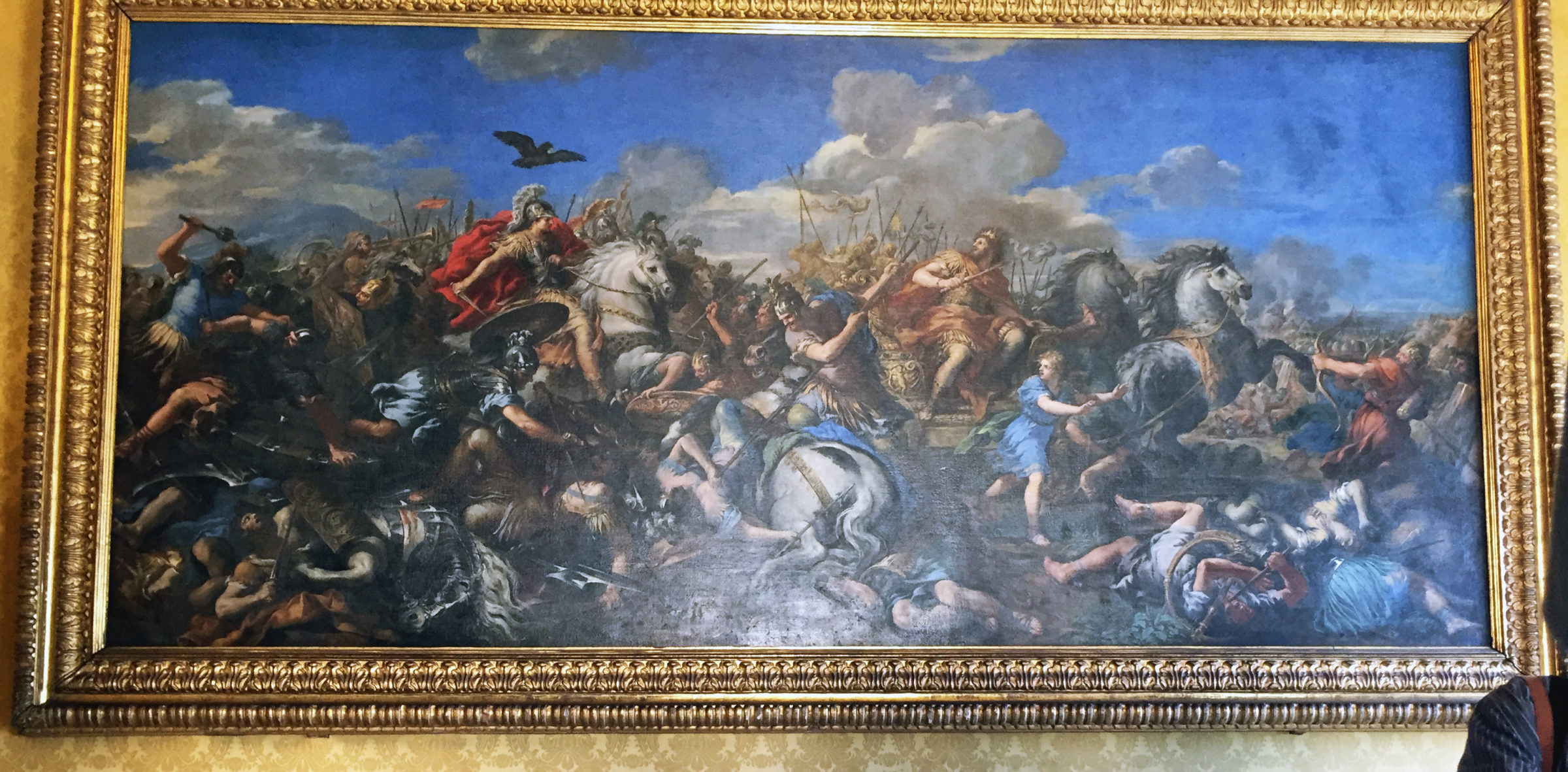 Take the painting by Pietro Aquila, for instance. Located in the Room of Triumphs in
Take the painting by Pietro Aquila, for instance. Located in the Room of Triumphs in Before I go, I want to share my favorite painting with you; itâs the fresco of the riot between Pompeiians and Nucerians, 59 A.D., Pompei, Volume IV, plate XXXII by Fausto and Felice Niccolini. This is an illustration of a riot that occurred outside of the amphitheater in Pompeii in 59 CE, speculated to have been between organizations from different towns. Itâs distinctive because the artist decided to paint this event rather than a gladiatorial fight, which was the most common use of the amphitheater. Theyâre also what youâd assume people would want to remember in a painting. It may be that the artist was connected to the riot somehow. The piece takes a birdâs eye perspective which removes the artist from the scene, whether that be to distance themselves to not be triggered by the event or because they were not there, I cannot say. It also is very spread out; each brawl and element are separated from each other, this is very different from the other art we saw during this time and that made it even more interesting. It is just so cool!
Before I go, I want to share my favorite painting with you; itâs the fresco of the riot between Pompeiians and Nucerians, 59 A.D., Pompei, Volume IV, plate XXXII by Fausto and Felice Niccolini. This is an illustration of a riot that occurred outside of the amphitheater in Pompeii in 59 CE, speculated to have been between organizations from different towns. Itâs distinctive because the artist decided to paint this event rather than a gladiatorial fight, which was the most common use of the amphitheater. Theyâre also what youâd assume people would want to remember in a painting. It may be that the artist was connected to the riot somehow. The piece takes a birdâs eye perspective which removes the artist from the scene, whether that be to distance themselves to not be triggered by the event or because they were not there, I cannot say. It also is very spread out; each brawl and element are separated from each other, this is very different from the other art we saw during this time and that made it even more interesting. It is just so cool!